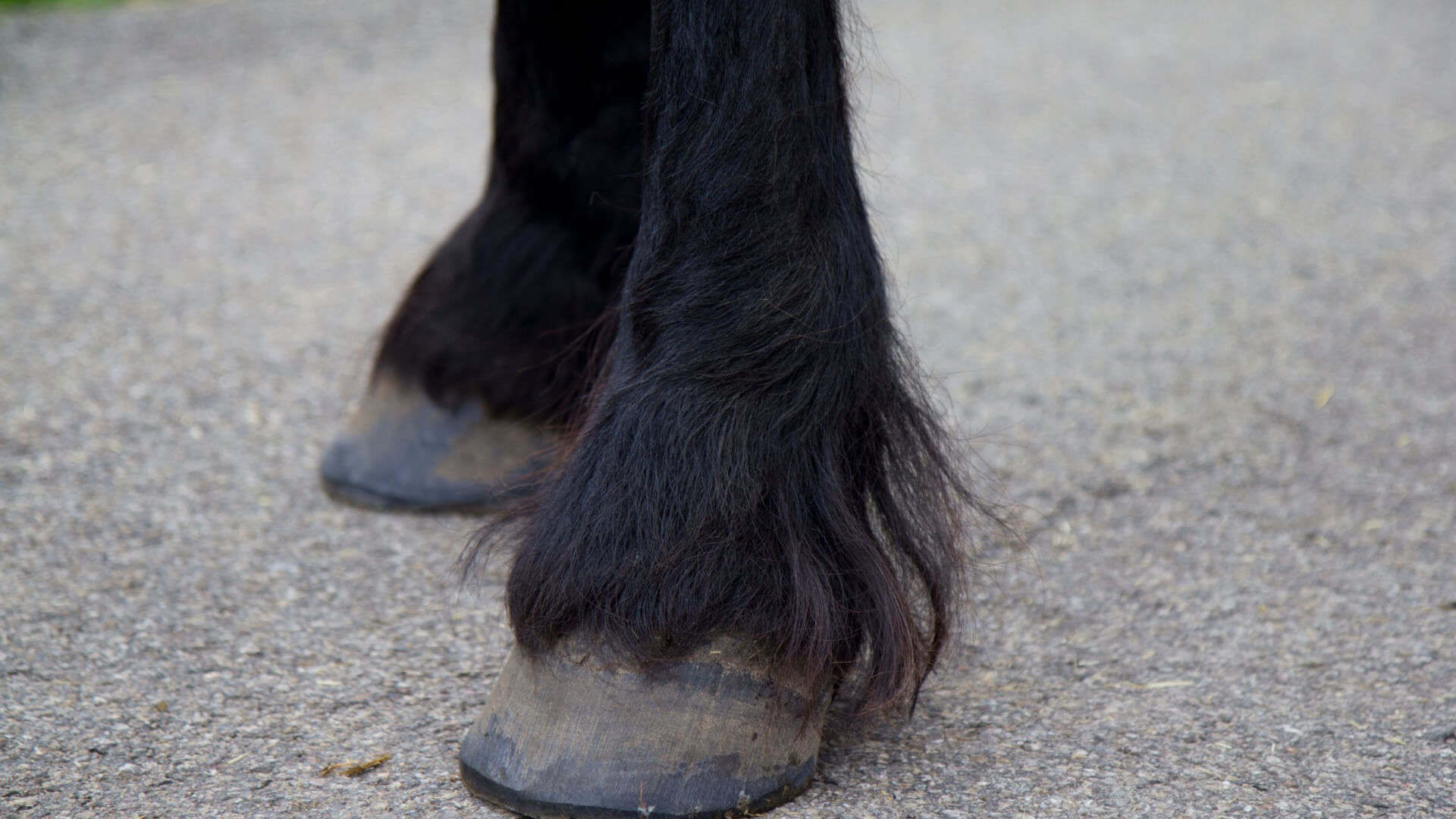April 24, 2025
Helping Fetlock Issues in Horses: Step‑By‑Step Relief Plan
When your horse shows signs of fetlock trouble, having a clear plan of action can make all the difference between a quick recovery and a long-term problem. As a horse owner, you’ll want to act fast but also smart. Gladiator Equine will outline a comprehensive approach to addressing fetlock issues in horses, combining immediate care with long-term healing strategies.
Immediate Response: Acute Care for Fetlock Injuries
1. Stop All Exercise
The moment you notice swelling, heat, or lameness around your horse’s fetlock, it’s time to hit the brakes on all activity. Your quick action here could save your horse from turning a minor issue into a career-ending injury.
Give your horse some much-needed box rest in a comfortable stall with good, even footing. Your veterinarian might recommend gentle hand-walking, but don’t assume this is appropriate without professional guidance. Every step your horse takes on an injured fetlock could be doing more damage.
2. Apply Cold Therapy
Cold therapy is your best friend in those critical first hours after a fetlock injury. It’s like magic for reducing inflammation and preventing further tissue damage.
Apply ice boots or cold packs to the affected fetlock for 15-20 minutes at a time, repeating 2-3 times daily for the first 48-72 hours. If you don’t have specialized equipment, simple cold hosing works wonderfully too—just direct a gentle stream of cold water over the area.
Research supports this claim—studies published in the Equine Veterinary Journal have demonstrated that proper cold therapy can reduce tissue temperature by up to 6°C (42.8°F), thereby significantly limiting inflammation and cellular damage. That’s a big win for your horse’s recovery prospects.
3. Provide Support
A properly supported fetlock is a happier fetlock. Applying the right bandage or boot can stabilize the joint and prevent further injury while healing begins.
Proper support is more than just wrapping something around the leg. Take time to learn correct bandaging techniques that provide even pressure without restricting blood flow. Too tight is just as problematic as too loose. Gladiator Equine’s therapeutic bell boots are specifically designed to provide optimal support while enhancing circulation to promote healing and recovery.
4. Control Pain and Inflammation
While waiting for your vet to arrive, managing your horse’s pain is both humane and helpful for recovery. If your veterinarian has prescribed NSAIDs like phenylbutazone (“bute”), follow their dosing instructions carefully.
Just be careful not to completely mask all pain signals — some discomfort actually helps your horse self-limit activity and prevent further injury. Many horse owners are finding that Gladiator Equine’s non-invasive ceramic therapy devices can help manage pain naturally, reducing reliance on medications that might have side effects with prolonged use.
Rehabilitation: The Road to Recovery
1. Controlled Exercise Protocol
The rehabilitation phase is where patience truly pays off. Your veterinarian will design a program that typically starts with just 5-10 minutes of hand-walking daily, gradually increasing as the healing progresses.
Underwater treadmill work can be incredibly valuable, as the buoyancy reduces weight-bearing stress while still building strength. As your horse improves, turnout space can slowly increase, followed by a careful return to riding with steadily increasing duration and intensity.
Rushing this process almost always leads to setbacks. Follow your veterinarian’s timeline, not your competition schedule.
2. Physical Therapy Modalities
Modern equine rehabilitation often includes therapies borrowed from human sports medicine.
Massage improves circulation and reduces muscle tension, while passive flexion exercises maintain joint mobility. Therapeutic ultrasound provides deep heating to increase blood flow, and laser therapy can accelerate tissue repair at the cellular level.
Shockwave therapy has shown particularly good results for tendon and ligament healing around the fetlock, using acoustic pressure waves to stimulate the body’s natural repair processes.
3. Non-Invasive Therapeutic Devices
Gladiator Equine’s ceramic technology offers unique advantages during fetlock rehabilitation that complement veterinary care perfectly. These non-invasive devices promote healing by:
- Improving circulation to deliver oxygen and nutrients to damaged tissues
- Reducing pain without medication side effects
- Controlling inflammation naturally
Many horse owners report faster healing times when incorporating these devices into their rehabilitation protocols.
Long-Term Management: Preventing Recurrence
1. Maintenance Therapy
Once your horse recovers, maintaining fetlock health becomes the priority. Continue with joint supplements that support cartilage health, schedule regular veterinary check-ups to catch any issues early, and consider periodic sessions with Gladiator Equine devices as preventative care.
Many professional riders incorporate ceramic therapy into their horses’ routine care, particularly after demanding workouts, to support optimal circulation and tissue health in vulnerable areas, such as the fetlock.
2. Training and Management Modifications
Smart training practices can significantly reduce the risk of fetlock injury. Always include proper warm-up and cool-down periods, train on appropriate surfaces (not too deep, hard, or uneven), and vary your horse’s activities to prevent repetitive stress.
Maintain appropriate fitness levels—a well-conditioned horse has stronger supporting structures around the fetlock. Pay attention to nutrition as well, ensuring your horse receives the building blocks necessary for tissue repair and maintenance.
3. Preventive Equipment
Supportive boots or wraps during exercise can provide valuable fetlock stability, especially for horses with a history of previous injuries or conformational challenges. Work with your farrier on specialized shoes or pads that optimize biomechanics and reduce concussion.
Incorporating Gladiator Equine’s ceramic technology as part of your regular care routine can help maintain healthy circulation to fetlock structures, potentially preventing problems before they start.
Discover the Gladiator Difference with Our PTR™ Fetlock Wraps
Throughout the healing journey, Gladiator Equine’s innovative ceramic technology offers a valuable companion to traditional veterinary care. Our non-invasive therapeutic devices provide multiple benefits that support recovery and ongoing joint health:
By combining prompt veterinary care, appropriate rest, controlled rehabilitation, and innovative therapeutic solutions, you’re giving your horse the best possible chance for a complete recovery and future soundness.
For more detailed information about specific conditions that affect the fetlock and how Gladiator Equine’s products can help address them, contact us today.


